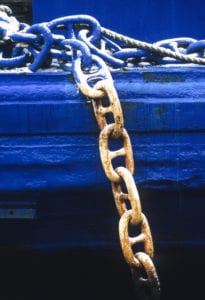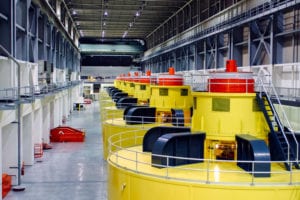
Protect Your Project’s Task Chain
Every project is comprised of a number of individual tasks. Some tasks can and should be executed simultaneously, and at other times one task must be completed before the next activity can begin. Unfortunately, there’s a lot that can go wrong with these task chains, and the potential for problems grows along with the scope and complexity of the project. For example, the Project Team might not realize that one delayed task doesn’t just impact one other activity, it actually affects the execution plan for many other tasks that are scheduled to happen later in the project.













